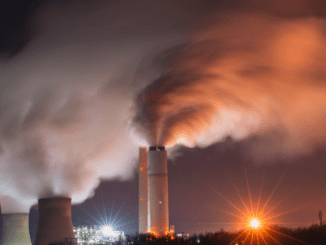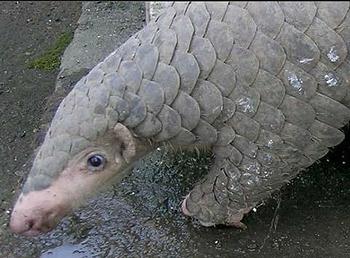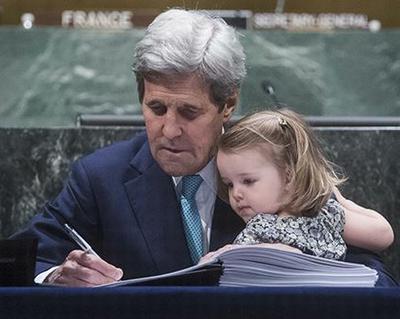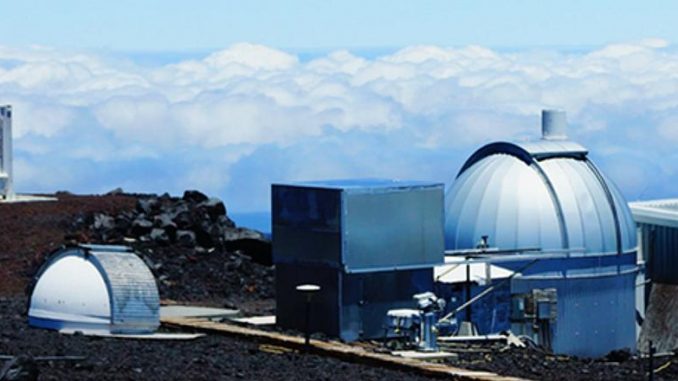
MAUNA LOA, Hawaii, June 7, 2021 (ENS) – Carbon dioxide in the atmosphere measured at NOAA’s Mauna Loa Atmospheric Baseline Observatory peaked for 2021 in May at a monthly average of 419 parts per million (ppm), the highest level since accurate measurements began 63 years ago, scientists from NOAA and Scripps Institution of Oceanography at the University of California San Diego announced today.
The atmospheric burden of carbon dioxide, CO2, is now comparable to the Pliocene Climatic Optimum, between 4.1 and 4.5 million years ago, when CO2 was close to, or above 400 ppm.
During that time, sea level was about 78 feet higher than today, the average temperature was seven degrees Fahrenheit higher than in pre-industrial times, and studies indicate large forests occupied areas of the Arctic that are now tundra.
Scripps’ scientist Charles David Keeling initiated on-site measurements of carbon dioxide, CO2, at NOAA’s weather station on Mauna Loa in 1958. NOAA began measurements in 1974, and the two research institutions have made complementary, independent observations ever since.
In May, NOAA’s measurements at the mountaintop observatory averaged 419.13 ppm. The average in May 2020 was 417 ppm.
Pieter Tans, a senior scientist with NOAA’s Global Monitoring Laboratory, noted that CO2 is by far the most abundant human-caused greenhouse gas, and persists in the atmosphere and oceans for thousands of years after it is emitted.
“We are adding roughly 40 billion metric tons of CO2 pollution to the atmosphere per year,” said Tans. “That is a mountain of carbon that we dig up out of the Earth, burn, and release into the atmosphere as CO2 – year after year. If we want to avoid catastrophic climate change, the highest priority must be to reduce CO2 pollution to zero at the earliest possible date.”
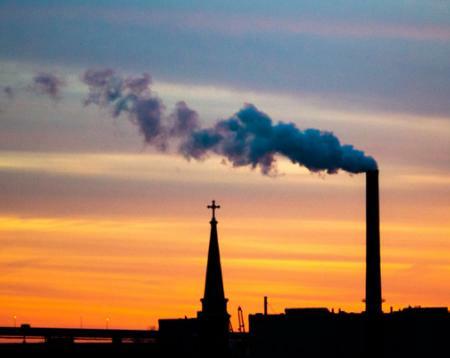
CO2 pollution is generated by emissions from carbon-based fossil fuels used for transportation and electrical generation, by cement manufacturing, deforestation, agriculture, and many other practices.
Along with other greenhouse gases, CO2 traps outgoing heat from the planet’s surface that would otherwise escape into space, causing the planet’s atmosphere to warm steadily.
While the year-to-year increase of 1.8 ppm in the May CO2 peak was slightly less than previous years, CO2 measurements at Mauna Loa for the first five months of 2021 showed a 2.3 ppm increase over the same five months of 2020, close to the average annual increase from 2010 to 2019.
There was “no discernible signal” in the data from the global economic disruption caused by the coronavirus pandemic.
The highest monthly mean CO2 value of the year occurs in May, just before plants in the northern hemisphere start to remove large amounts of CO2 from the atmosphere during the growing season. In the northern fall, winter, and early spring, plants and soils give off CO2, causing levels to rise through May.
Charles David Keeling was the first to observe this seasonal rise and subsequent fall in CO2 levels every year, a dynamic which is now known as the Keeling Curve.
Keeling was the first to recognize that despite the seasonal fluctuation, CO2 levels were rising every year. In fact, every single year since the start of the measurements CO2 was higher than the preceding year.
Keeling’s son, geochemist Ralph Keeling, runs the Scripps program at Mauna Loa.
“The ultimate control knob on atmospheric CO2 is fossil-fuel emissions,” said Ralph Keeling. “But we still have a long way to go to halt the rise, as each year more CO2 piles up in the atmosphere. We ultimately need cuts that are much larger and sustained longer than the COVID-related shutdowns of 2020.”
The Mauna Loa data, together with measurements from sampling stations around the world, are incorporated into NOAA’s Global Greenhouse Gas Reference Network, a foundational research dataset for international climate scientists and a benchmark for policymakers attempting to head off the impacts of climate change.
In February, the United States officially rejoined the Paris Agreement on climate change, an international treaty signed by 196 countries that have committed to limiting global warming and avoiding its potentially destabilizing impacts.
Yet, as the measurements from Mauna Loa show, despite decades of negotiation, the global community has been unable to slow or reverse annual increases in atmospheric CO2 levels.
“The solution is right before our eyes,” said Tans. “Solar energy and wind are already cheaper than fossil fuels and they work at the scales that are required. If we take real action soon, we might still be able to avoid catastrophic climate change.”
Featured image: Mauna Loa Atmospheric Baseline Observatory on the Big Island of Hawaii (Photo courtesy NOAA)

